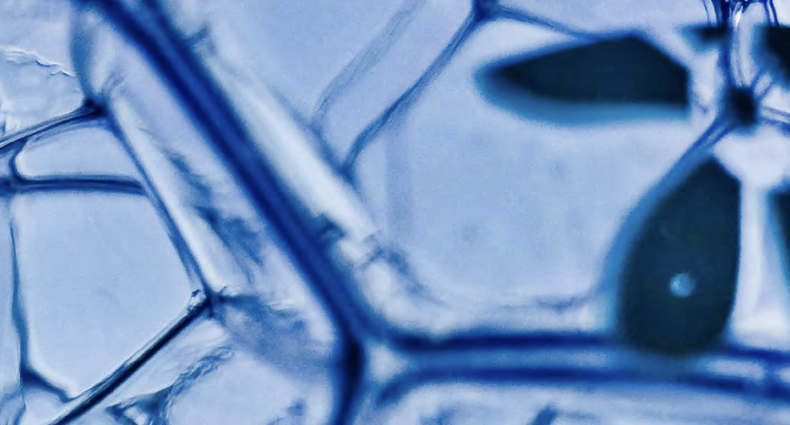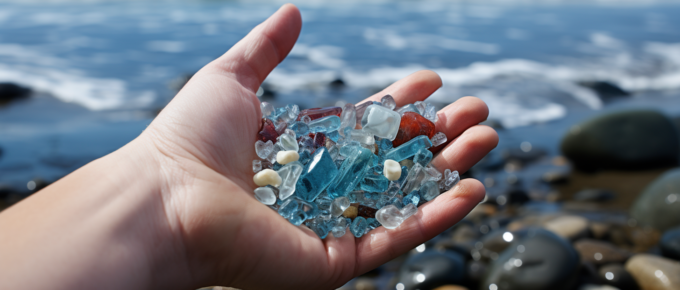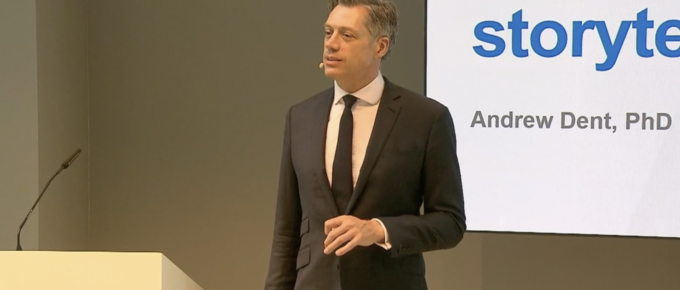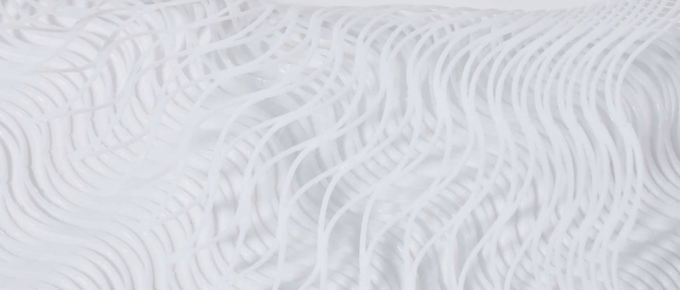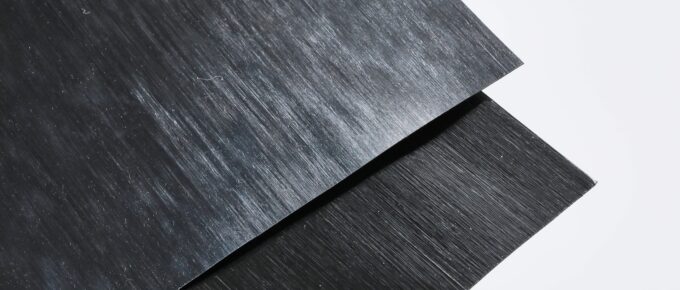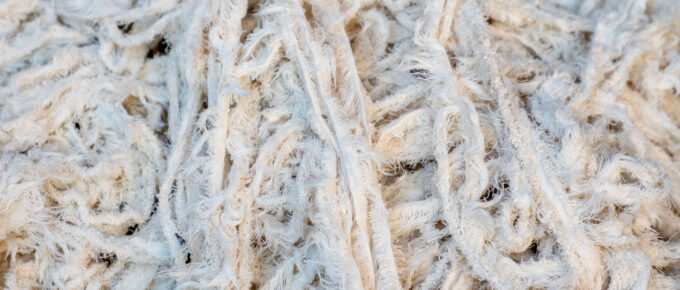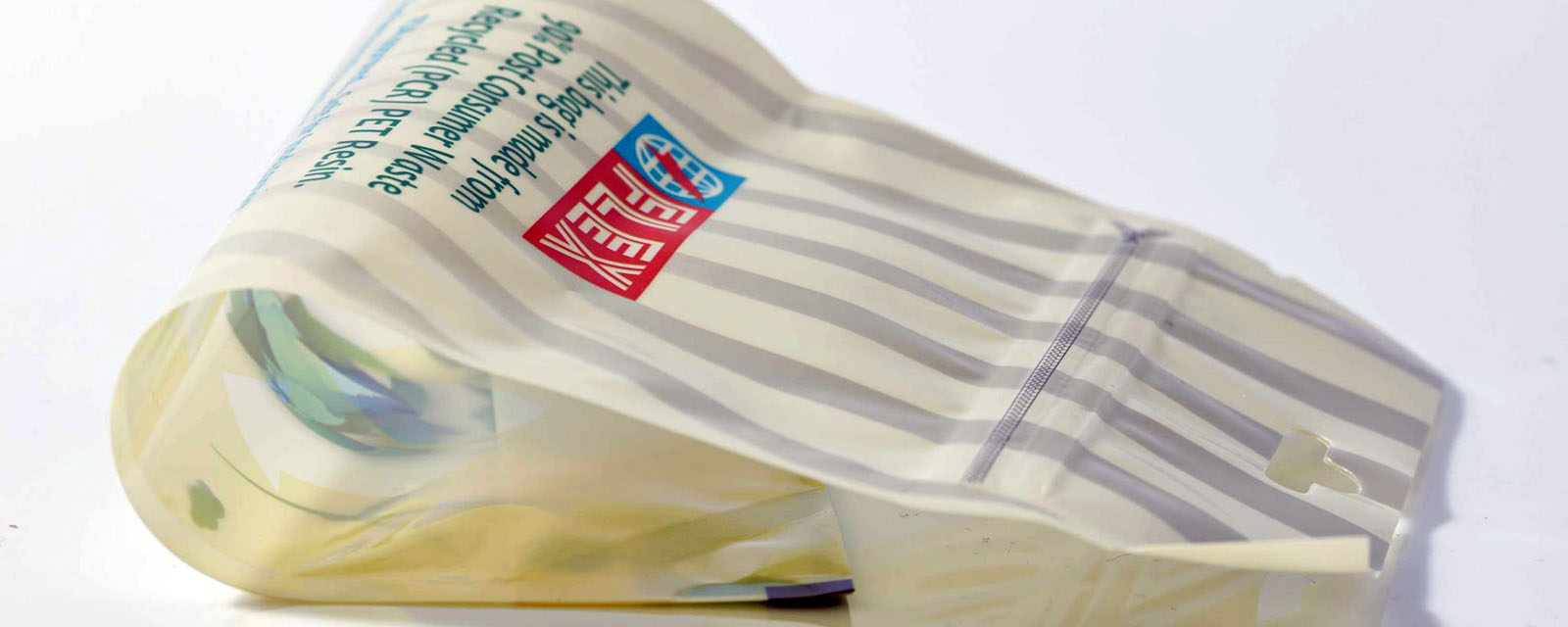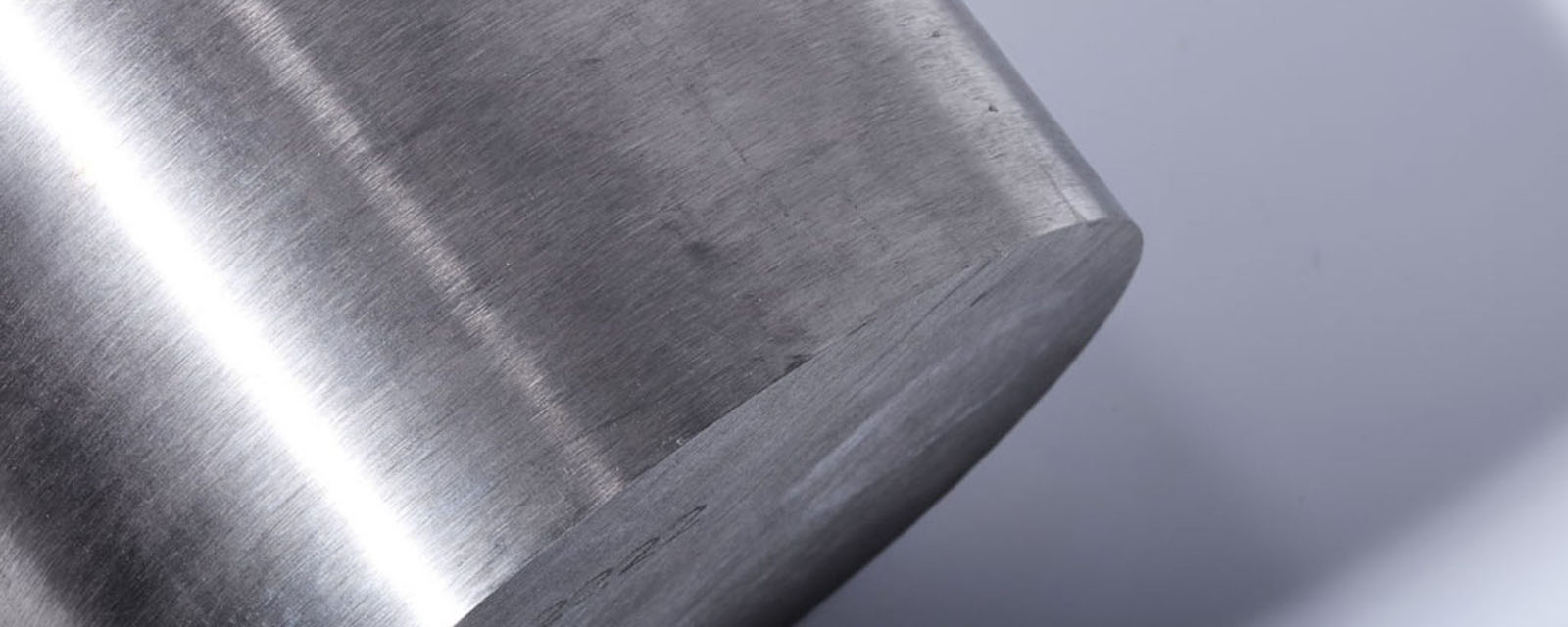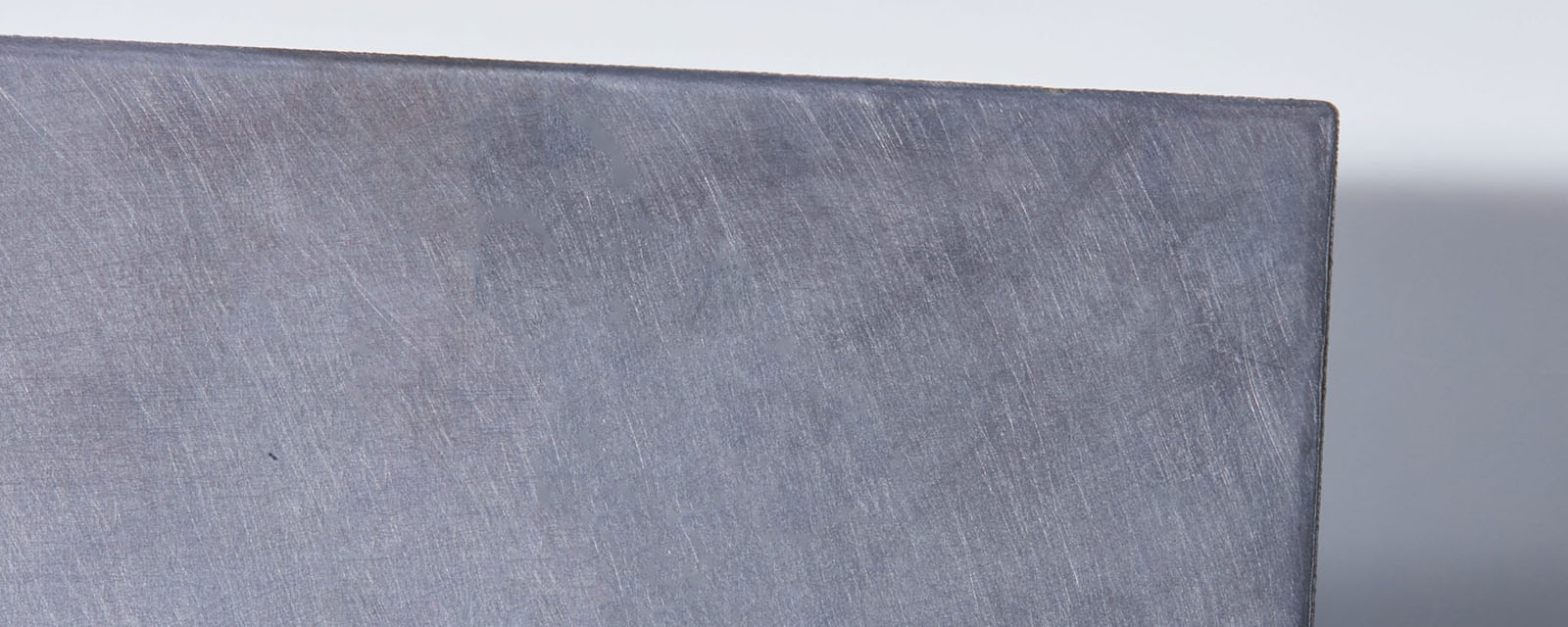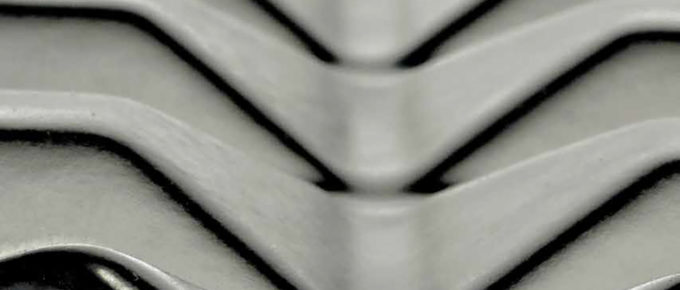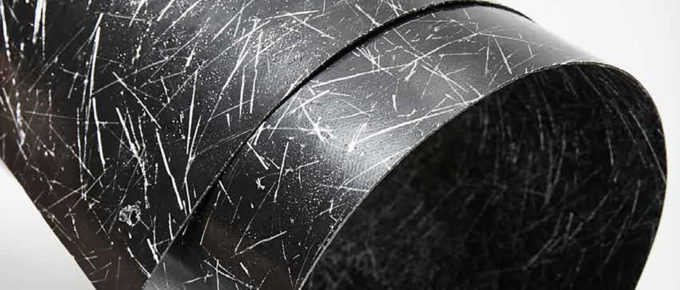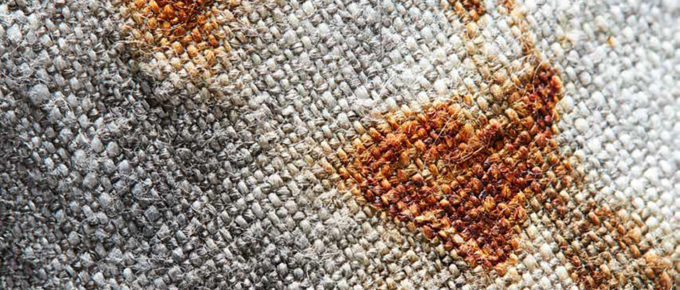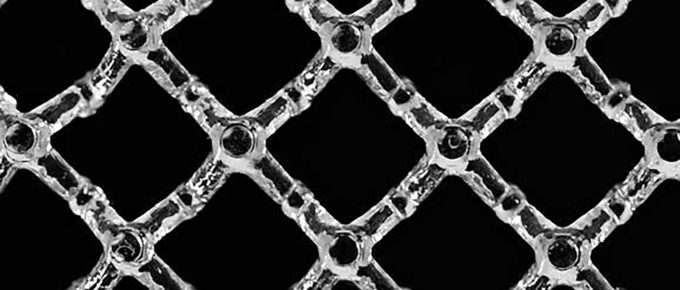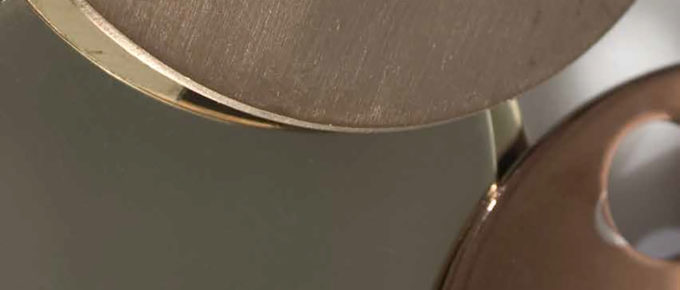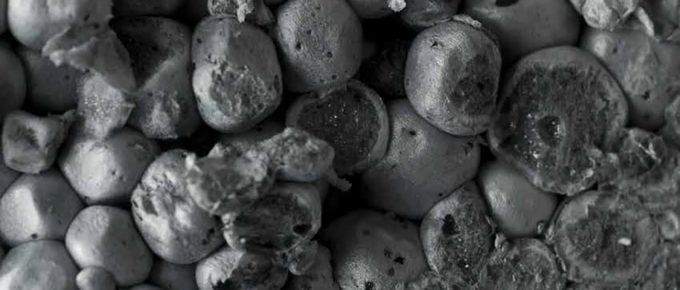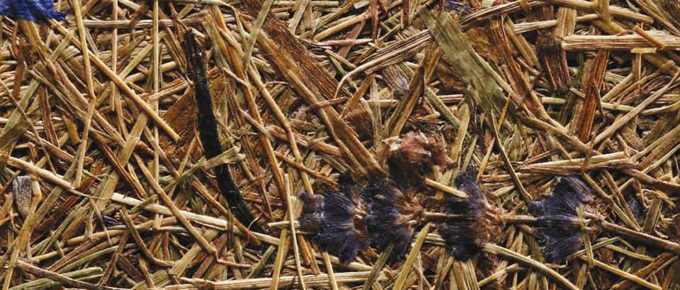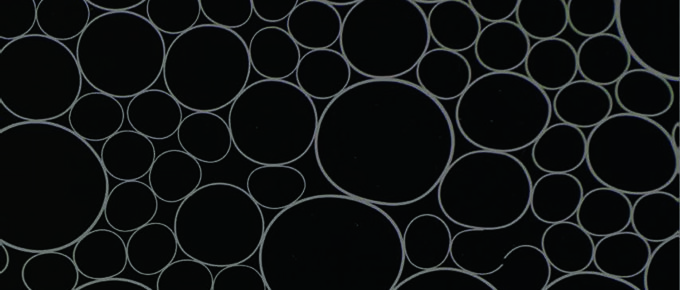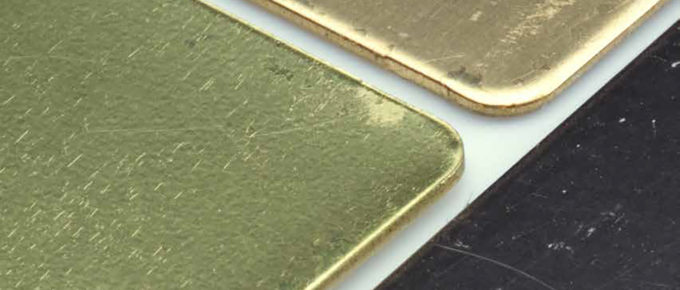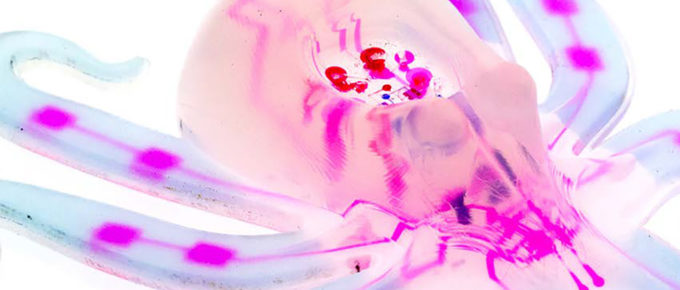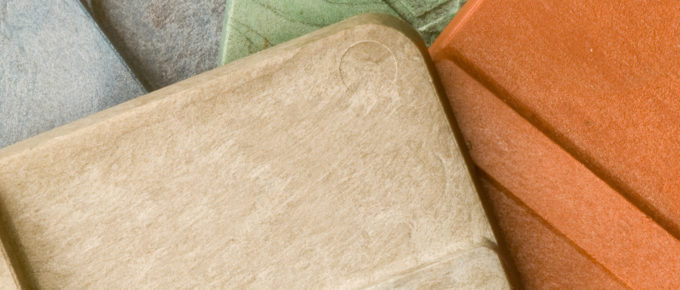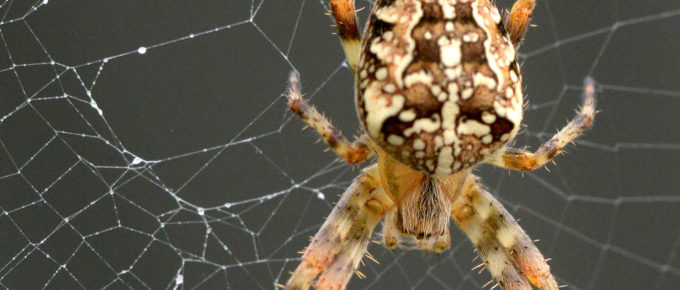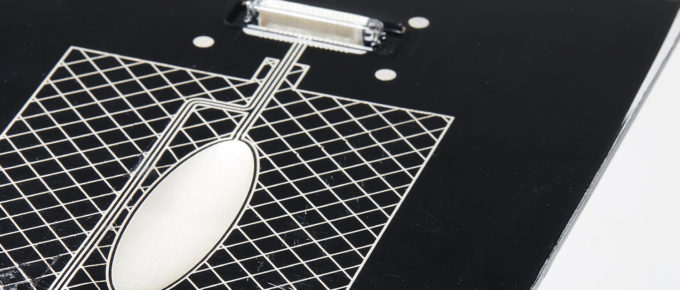The Stacks
Materials 101: Foams
Packaging, cushioning, insulation, light-weighting; each of these application areas would be that much less without the presence of foams. There is rarely an industry that does not rely on foams in …
Materials 101: Composites
From wood and bone to carbon fiber reinforced polymers and concrete, composites can be found everywhere. By using more than one type of material, composites can meet a wide variety of demands that …
Materials 101: Corrosion
Rusting, tarnishing, and weathering are all terms commonly used to describe the impact of corrosion. Corrosion can not only ruin the appearance of products, but it can also lead to serious safety, …
Materials 101: Piezoelectric
Piezoelectric materials have been used since the 1800s and ubiquitously in the late 20th century. We make use of them every day, but the process by which they work and how else they could be …
Materials 101: Scratch Resistant
This report primarily deals with abrasion resistance of hard and soft surfaces, and scratch resistance of hard materials. Hard surfaces can be scratched in two distinct ways. Severe contact damage …
Materials 101: Thermal Insulation
All matter comprises small particles called molecules. Though not noticeable to the eye, these molecules are always in motion, which can transfer or emit heat through increases in their vibration …
Materials 101: Compostability vs. Biodegradability
This document serves as a brief overview of the concepts of compostability and biodegradability as defined by existing regulations. Both terms have been defined only for plastics that are incorporated …
Continue about Materials 101: Compostability vs. Biodegradability →
Materials 101: Polymers
Nylon, polyester, and StyrofoamTM are a few examples of the many polymers we may encounter in our daily lives. From bags and bottles to drug delivery systems and 3D printed prototypes, polymers have …
Materials 101: Antibacterial Surfaces
Disease-carrying bacteria are present on almost every surface we encounter. Having the technology to diminish the number of harmful bacteria in our surroundings can positively impact quality of life …
Materials Report: Materiality of AI / Soft Robotics
Creating robots that can come closer to matching people’s fine motor skills in manipulating materials and small parts is the future of the robotics industry. Material ConneXion explores the …
Continue about Materials Report: Materiality of AI / Soft Robotics →
Materials Report: The New Bioplastics
These are the new, durable, ‘performance’ plastics that are intended for demanding uses in both industrial and aesthetic applications. Moving beyond the packaging arena, they still come from the …
Materials Report: Synthetic Spider Silk
Artificial or synthetic spider silk garners continued interest due to its promise of combined high strength and elasticity. It is considered by many to be the ‘next generation’ of natural fibers that …
Materials Report: Structural Electronics
The evolution of structural electronics has followed a similar path to the world of e-textiles, and promises the same benefits: seamless integration of electronic components, sleeker design, and …
Materials Report: Color Change
Stimuli Responsive Color Change: Material ConneXion considers color change to have periphery benefits, as the technology has the ability to change consumer patterns and production as we know …
Materials Report: Biomimicry
Today’s automotive and aerospace engineers seek stronger, lighter, and more fuel-efficient alternatives to traditional plastics, while the biomedical industry seeks highly targeted biologic drugs and …


